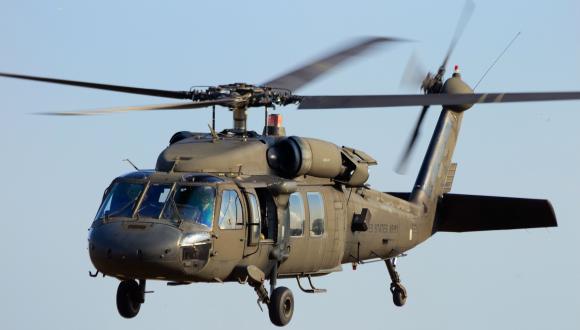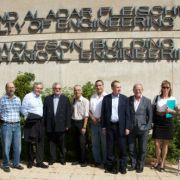Planes, Trains and Automobiles: Tel Aviv University Invention Saves Energy
A device invented by the Head of the School of Mechanical Engineering at Tel Aviv University’s Iby and Aladar Fleischman Faculty of Engineering, Prof. Avraham Seifert, has become the focal point of international research aimed at reducing aerodynamic drag. The Suction and Oscillatory Blowing Actuator, or SaOB, works to control airflow on separation prone regions of aircrafts, ground vehicles and wind turbines, helping the air closest to the vehicle’s surface flow easily by reducing resistance, or drag. With the air flow working in their favor, aircrafts and vehicles don’t need as much fuel to travel – leading to both financial and energy savings. The SoAB has already been picked up by the US Army and Air Force, by European aerodynamics establishments, including Airbus, and by Israeli renewable energy investment firm Capital Nature. There are also plans underway to use it for fuel savings in trucking companies.
“It saves energy, reduces contaminants in the air and saves money,” Prof. Seifert explained, adding that the SaOB is the culmination of a decade of work with about a dozen of his most talented graduate students at TAU’s School of Mechanical Engineering, including co-inventor Gilad Arwatz, now a PhD student at Princeton. Prof. Seifert, colleagues and his students work in TAU’s Meadow Aerodynamics Laboratory, where the SaOB was created. Unique among other air flow control devices as it has no moving parts, the SaOB uses a compressed air supply to function in two ways: It produces steady suction as well as pulsed blowing. Both of these actions help to energize the air flow on an aircraft’s surface toward the rear and to keep the flowing air attached to that surface, ensuring that the aircraft will fly faster while requiring less power. “Flow detachment, when the air flow does not follow the shape of the aircraft , is a main source of loss of energy efficiency in all systems moving through the air,” explained Prof. Seifert, whose area of expertise is called active flow control.
 For military aircrafts, which often have cumbersome designs that lead to flow detachment, the SaOB is invaluable. Speaking with Aerotech News, Barry Lakinsmith, the director of the U.S. Army Aviation and Missile Research, Development and Engineering Center’s Aeroflightdynamics Directorate, said “Programs such as the SaOB are looking into flow control in ingenious ways that have never been investigated and the results are promising.” Prof. Seifert hopes to see the SoAB continue to be commercialized as an energy-saver in the air and on the ground as he and his current group of graduate students, including a US Air Force captain and a recent new immigrant from France, work on advancing cutting-edge designs in active flow control.
For military aircrafts, which often have cumbersome designs that lead to flow detachment, the SaOB is invaluable. Speaking with Aerotech News, Barry Lakinsmith, the director of the U.S. Army Aviation and Missile Research, Development and Engineering Center’s Aeroflightdynamics Directorate, said “Programs such as the SaOB are looking into flow control in ingenious ways that have never been investigated and the results are promising.” Prof. Seifert hopes to see the SoAB continue to be commercialized as an energy-saver in the air and on the ground as he and his current group of graduate students, including a US Air Force captain and a recent new immigrant from France, work on advancing cutting-edge designs in active flow control.






